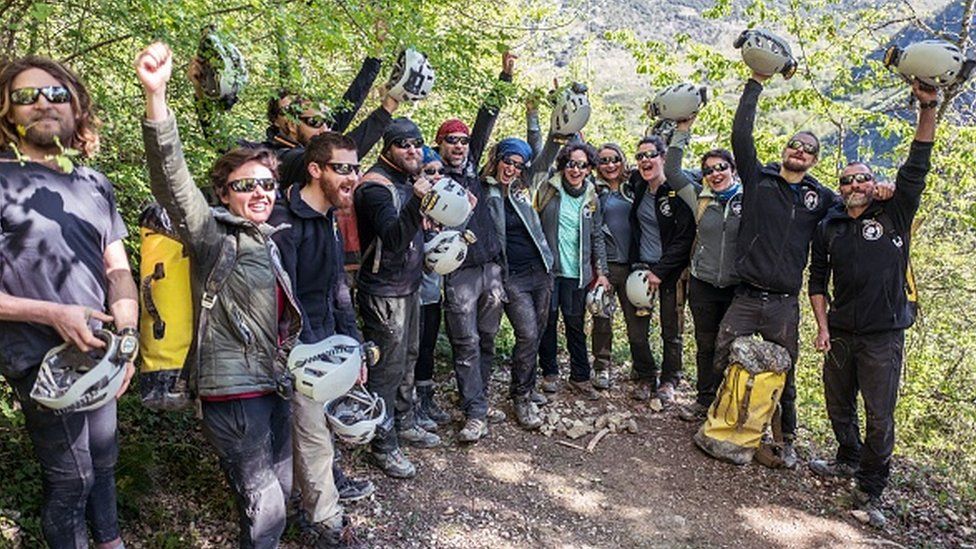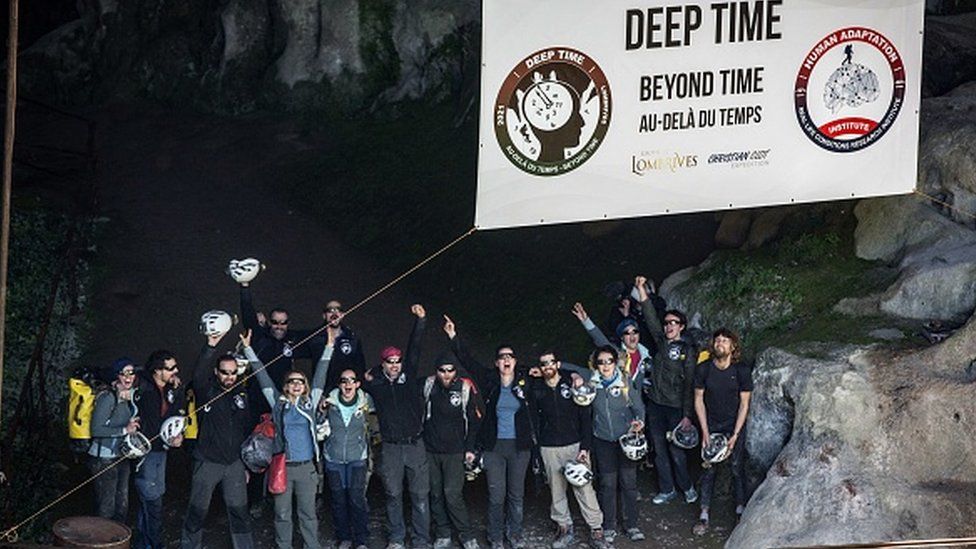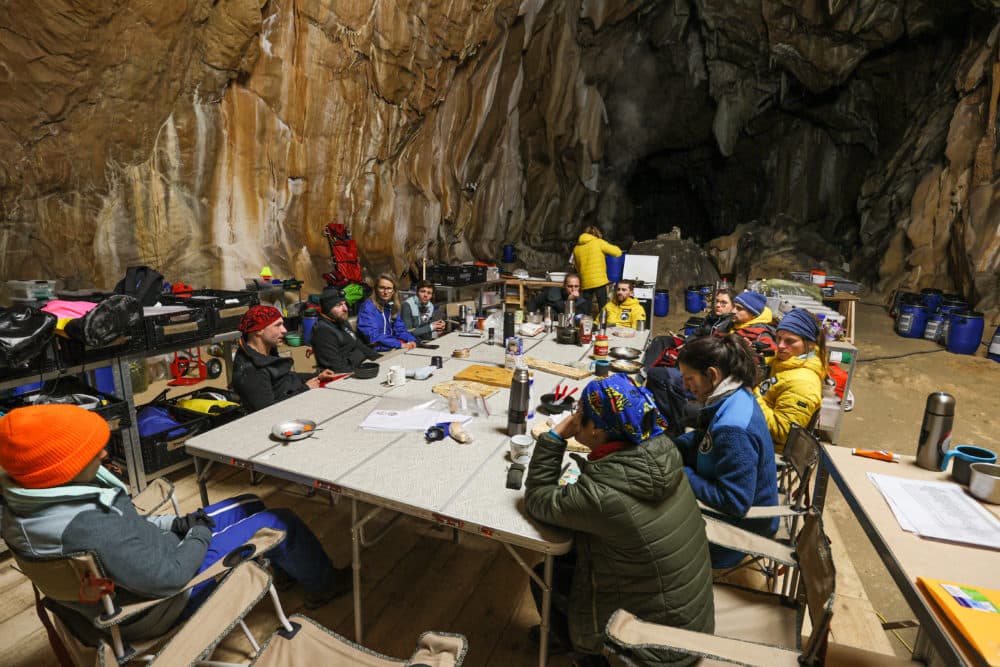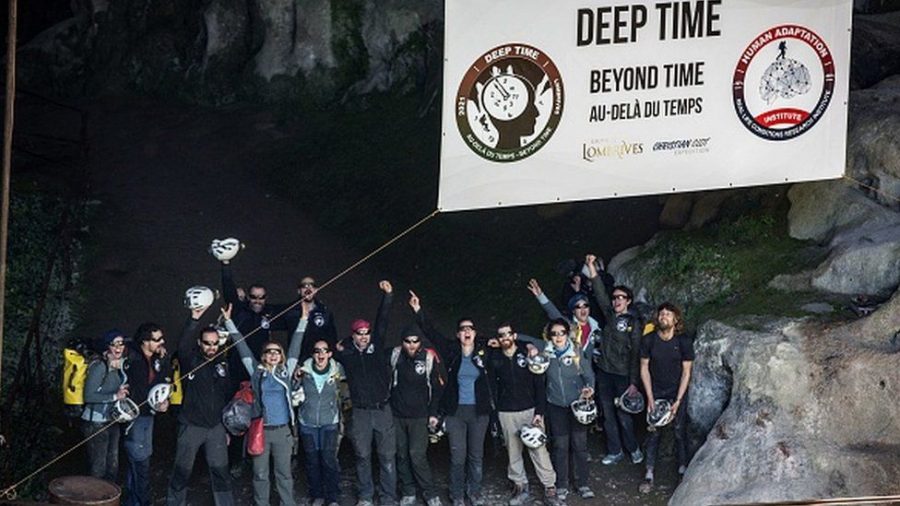Why These Volunteers Locked Themselves in a Cave for 40 Days
May 12, 2021
Many of us have felt isolated this past year as we have been quarantined as a result of the COVID-19 pandemic. However, imagine being trapped in a cave for 40 days with a complete lack of sunlight, cell phones, watches, and knowledge of occurrences in the outside world. Would you volunteer to be part of an experiment like this?

If you are like most people today, undergoing an experiment like this seems like torture. But for the eight men and seven women who lived in the Lombrives Cave in France for 40 days in these conditions, it was one of the first controlled looks at how human beings process the passage of time without natural factors to measure it. The designer of the experiment, Christian Clot, says that this experiment was inspired by the lockdowns worldwide in response to the recent pandemic.
In addition to the lack of modern technology and sunlight, the volunteers used a pedal-driven dynamo for electricity so that they could see inside the cave. These volunteers weren’t world-renowned scientists or experienced cave exploring enthusiasts. They ranged from biologists to primary school teachers, to jewelers, all between the ages of 27 to 50. However, Clot is one of the experimentees himself, and he has long studied how extreme environments impact a person’s physical and mental perception. Those who participated were cleared to be in stable mental and physical health for their own safety before the experiment began. They were not notified of any news of the outside world, including the status of the pandemic. Their sleep rhythms and overall functioning were studied during the experiment, as well as whether volunteers were affected emotionally and any long-term effects.

Food and supplies were moved into the cave prior to the experiment as well, but they had to use the water from the cave as their source of hydration. They also had sensors that provided researchers outside of the cave with data on the volunteer’s wellbeing. These sensors included a small thermometer inside a capsule, which the participants swallowed, similar to a pill. Another key factor in the experiment is that the temperature within the Lombrives Cave was monitored so that it stayed at 54°F with a humidity of 95 percent. In response to these conditions, volunteers were free to dress and adapt to the temperatures as they desired. To mirror natural human behavior, three individual living areas were created including one for sleep, one as a living place, and a final area to study the forms and features of the cave.

So, what were the results? The Deep Time experiment, as it has been called, was designed to provide invaluable data revolving around submarine missions, underground mining expeditions, and long-term space travel. What was found was that the participants believed that they had only spent 30 days in the cave, which is a difference of over 200 hours of time. The end of the day, in the view of the participants, was marked when they went to sleep, leading to the majority of participants measuring days of over 30 hours long. Not everyone managed this experience well. One man began running a 10k around the cave to pass the time, leading to his days being over 40 hours long and he believed that they had spent only 23 days in the cave. Nonetheless, the majority of the participants (two-thirds) expressed that they wanted to remain underground to finish their projects. Additionally, some of the volunteers have said that they are avoiding using their phones for a few days after the experiment so that they could better ease back into everyday life.

The Human Adaption Institute’s $1.5 million Deep Time experiment provides a new look at how humans adapt to extreme changes in living conditions and environments, and the data collected can have a powerful impact on future scientific ventures like long-term space exploration.

